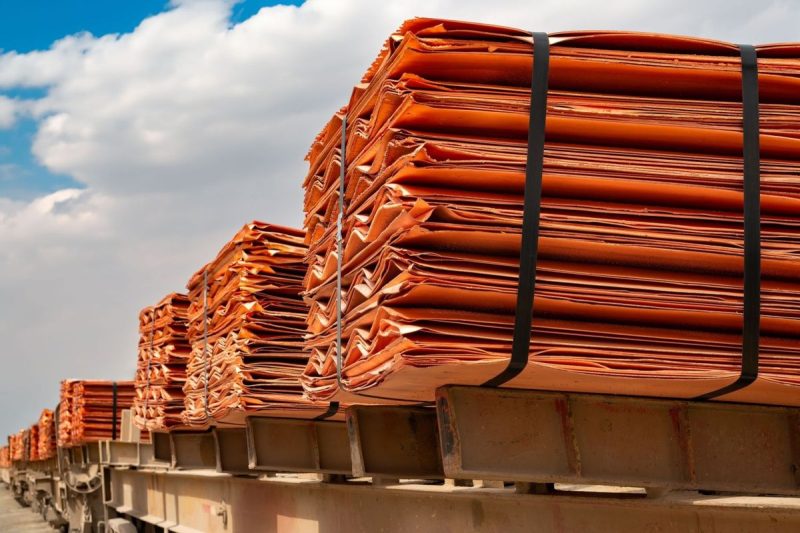Article:
The global demand for copper has experienced an unprecedented surge in recent times, fuelled by the ever-growing needs of the technology and renewable energy sectors. As the world transitions towards a more sustainable future, the role of copper in various industries has become increasingly crucial. However, this surge in demand has also highlighted the vulnerabilities in the global copper supply chain.
Robert Friedland, a prominent figure in the mining industry, has raised concerns about the disparity between the soaring demand for copper and the limited supply available. According to Friedland, there is essentially an infinite demand for copper, driven by the rapid pace of technological advancement and the shift towards renewable energy sources. This insatiable demand is expected to continue to grow, putting further pressure on the already strained supply of copper.
One of the key factors contributing to the supply constraints is the limited number of new copper discoveries in recent years. Despite the essential role that copper plays in modern society, the mining industry faces challenges in identifying and developing new copper deposits. This lack of new discoveries, combined with the long lead times required to bring new mines into production, exacerbates the supply-demand imbalance in the copper market.
In addition to the scarcity of new copper deposits, mining operations are also grappling with a range of challenges that impact their ability to meet the growing demand for copper. Environmental concerns, permitting issues, and geopolitical risks are just a few of the obstacles that mining companies face in their quest to increase copper production. These challenges further underscore the fragility of the global copper supply chain and the need for strategic interventions to ensure a stable and sustainable supply of this vital metal.
Friedland’s assertion that there is no rational price for copper reflects the fundamental imbalance between the unlimited demand for copper and the finite supply available. As the world continues to rely on copper for a myriad of applications, from electric vehicles to smart devices, the need for a comprehensive strategy to address the supply-demand gap becomes increasingly urgent. Stakeholders across the copper industry must collaborate to develop innovative solutions that enhance the sustainability and resilience of the copper supply chain.
In conclusion, the challenges facing the global copper market highlight the critical importance of addressing the supply-demand imbalance to ensure a stable and secure supply of copper for the future. As Robert Friedland aptly points out, the demand for copper is essentially infinite, making it imperative for industry stakeholders to work together to overcome the obstacles hindering the expansion of copper production. By fostering innovation, sustainable practices, and strategic partnerships, the copper industry can navigate the complexities of the market and meet the growing demand for this essential metal in a responsible and efficient manner.
